Which of the following will not show geometrical isomerism ?

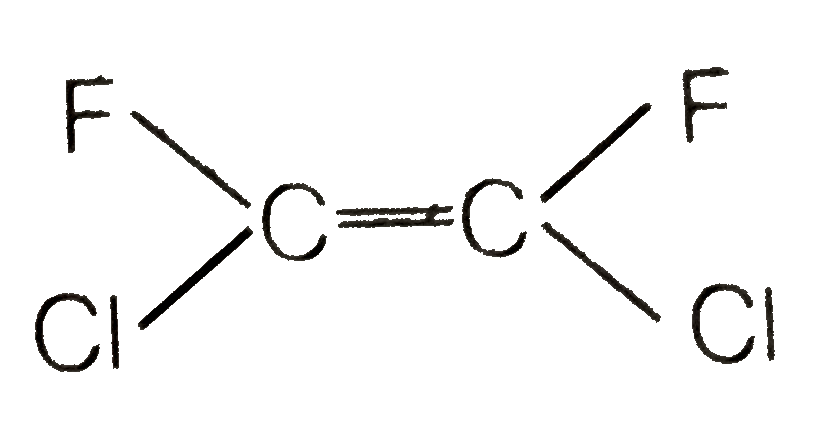
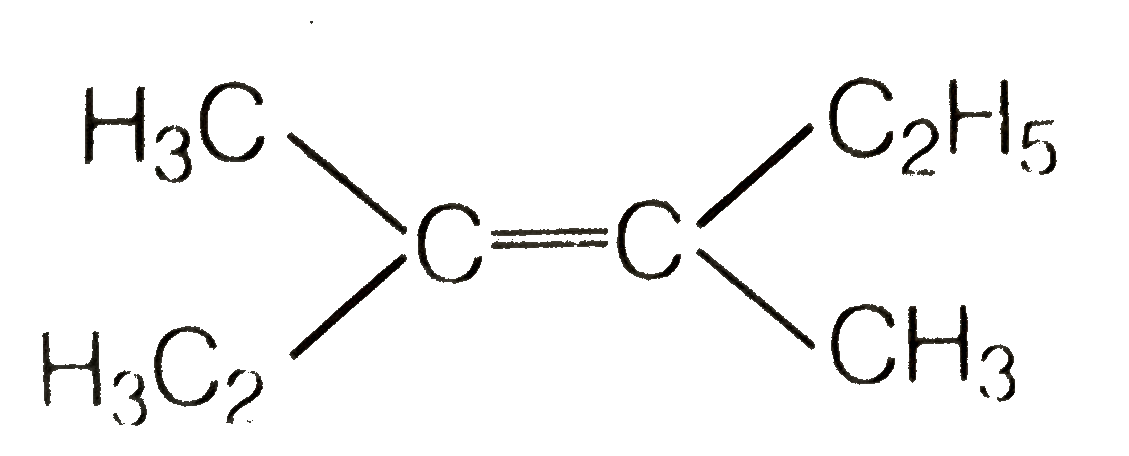
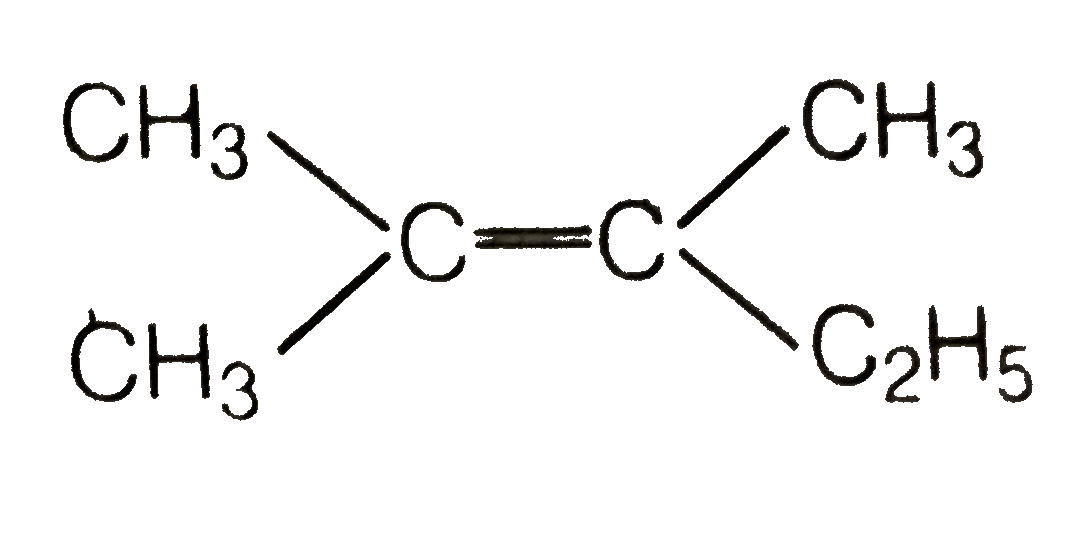
The correct Answer is:D
To determine which of the given compounds will not show geometrical isomerism, we need to first understand the concept of geometrical isomers. Geometrical isomerism occurs in compounds that have the same molecular formula but differ in the spatial arrangement of atoms or groups around a double bond or a ring structure.
1. Identify the Compounds: We need to look at the provided options (A, B, C, D) and analyze their structures to see if they can exhibit geometrical isomerism.
2. Understand Geometrical Isomerism: Geometrical isomerism typically occurs when there are two different groups attached to each carbon of a double bond or in a cyclic structure. The presence of identical groups on both sides of the double bond or ring can prevent geometrical isomerism.
3. Analyze Each Option:
- Option A: This compound has different groups (e.g., Cl and F) attached to the double bond. It can exhibit geometrical isomerism.
- Option B: Similar to option A, this compound also has different groups (e.g., Cl and F) that can be arranged differently, allowing for geometrical isomerism.
- Option C: This compound has two different groups on one side and identical groups on the other side. It can also exhibit geometrical isomerism.
- Option D: This compound has identical groups (e.g., two methyl groups) on both sides of the double bond. Since there are no different groups to create a spatial arrangement, it cannot exhibit geometrical isomerism.
4. Conclusion: Based on the analysis, Option D is the correct answer as it will not show geometrical isomerism.
Final Answer:
Option D will not show geometrical isomerism.
---
- Option A: This compound has different groups (e.g., Cl and F) attached to the double bond. It can exhibit geometrical isomerism.
- Option B: Similar to option A, this compound also has different groups (e.g., Cl and F) that can be arranged differently, allowing for geometrical isomerism.
- Option C: This compound has two different groups on one side and identical groups on the other side. It can also exhibit geometrical isomerism.
- Option D: This compound has identical groups (e.g., two methyl groups) on both sides of the double bond. Since there are no different groups to create a spatial arrangement, it cannot exhibit geometrical isomerism.
Option D will not show geometrical isomerism.
Topper's Solved these Questions
- BOOK - NCERT EXEMPLAR ENGLISHCHAPTER - HYDROCARBONSEXERCISE - Multiple Choice Questions (More Than One Options)9videos
HYDROCARBONS
- BOOK - NCERT EXEMPLAR ENGLISHCHAPTER - HYDROCARBONSEXERCISE - Short Answer Type Questions20videos
HYDROCARBONS
- BOOK - NCERT EXEMPLAR ENGLISHCHAPTER - ENVIRONMENTAL CHEMISTRYEXERCISE - Long Answer Type5videos
ENVIRONMENTAL CHEMISTRY
- BOOK - NCERT EXEMPLAR ENGLISHCHAPTER - HYDROGENEXERCISE - LONG ANSWER TYPE QUESTIONS8videos
HYDROGEN
Similar Questions
Knowledge Check
- Question 1 - Select One
Which of the following will not show optical isomerism ?
ACl−CH=C=CH−ClBBr−CH=C=CH−BrC D
D
- Question 2 - Select One
Which of the following will not show optical isomerism as well as geometrical isomerism ?
A B
B C
C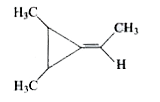 D
D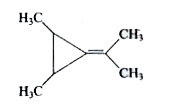
Which of the following cannot show geometrical isomerism
View SolutionWhich of the following will not show optical isomerism?
View SolutionOne among the following will not show geometrical isomerism
View SolutionWhich of the following will exhibit geometrical isomerism?
View SolutionWhich of the following can show geometrical isomerism.
 View Solution
View SolutionWhich of the following can show geometrical isomerism?
View Solution

